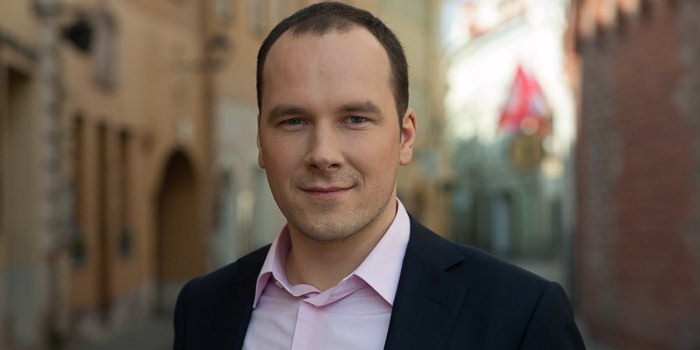Latest Nordea economic prognosis: global economy turned upside down: The West is going up, the East – down
Over the last five years, the biggest dangers for economy in Latvia came from the West: Sovereign debt crisis in Europe and seemingly endless budget crises in the United States - all coupled with weak economic performance. Meanwhile, the East was flourishing: rising oil prices and cheap money supported economy in Russia while China was by far the biggest world economic growth driver. However, in 2013 global economy turned upside down: East became West and West became East. “Economic situation in Latvia in the last five years has transformed itself from ugly duckling into a swan. The verification for this can be found in the last year’s gross domestic product, which at current price was 23.3 billion euro and exceeded the pre-crisis level. As for this year, Nordea predict that Latvia could reach a GDP of 5%, becoming amongst the leaders in European Union,” assess Nordea Markets Senior sales manager in Latvia Gints Belevics. The “rebirth” of West and downfall of East will provide the national economy of Latvia with new opportunities but at the same time certain difficulties might occur. However general economic development trend is positive for Latvia. “If consumption growth for Latvian products in Europe will increase, it will allow Latvia to compensate the decrease of request in East, in particular in Russia. Private consumption will continue to secure growth for Latvian economy. With the economic forecast improvement in Nordic countries and Europe, the direct investment flow from these countries can be expected. Latvia might be amongst countries with attractive economic situation for investors who seek opportunities in foreign countries. If Latvia will succeed to use this opportunity a new and stable economic growth phase could begin,” in the latest Norde Economic Outlook explains Gints Belevics. USA ready to become an engine of global economic “United States shows an impressive economic performance and is ready to take the role of the main engine of global economic growth. Meanwhile Europe is recovering from the grip of recession with not only northern, but also southern countries contributing positively to the overall economic growth. On the other hand, emerging markets are struggling to cope with a poisonous trio of a new reality: slowing economic growth, rising interest rates and depreciating currencies” assesses Žigimantas Mauricas, the lead economist of Nordea Lithuania. United States economy is accelerating and is forecasted to grow at no less than 3% in 2014 and 2015. “ Many indicators point that the United States economy is ready to enter a sustainable growth path: profitability of enterprises are close to record-high levels, consumer confidence is high, inflation is low, unemployment is falling, housing market is recovering with both prices and turnover rising, banking system is well-capitalized and highly liquid and credit conditions are improving. Moreover, federal budget deficit is projected to fall to 2.8% of GDP in 2014 and further on to 2.2% in 2015. This is expected to bring more fiscal calm and end seemingly non-stop budget and debt-ceiling crises. Against this background, we expect the Fed to continue reducing economic stimulus and ending it altogether by the end of 2014. However, interest rates are expected to remain at ultra-low levels until the beginning of 2015,” according to prognosis of the lead Nordea bank’s economist in Lithuania. “Europe is also freeing itself from the grip of recession with not only Northern, but also Southern European countries showing positive growth. Hence, the long-lasting north-south divergence is seemingly coming to an end, which will give more support for united and stronger Europe. European banking sector can also expect more unity and stability after Asset Quality Review (AQR) will be finished in end-2014 – in fact, the difference of borrowing costs between Northern and Southern European countries are already falling. Improving consumer and business confidence should support European growth in 2014 and 2015, but growth will not be fast due to many crisis’ legacies. The brightest spots will be Sweden, UK, Spain and Germany with France and Italy still muddling-through,” comments Žigimantas Mauricas. Dark ages for the Emerging markets Emerging markets were hit by the Fed’s decision to start tapering. “However, some countries were affected more than others. The ones that managed to make needed structural reforms and invested heavily into the modernization of the economy (e.g. China, South-East Asian countries), feared much better than those who relied on exports of commodities (e.g. Russia, Brazil) or cheap credit (e.g. Turkey, India). Russia, being the most important export partner of Latvia, was hardly hit by the emerging market crisis with capital outflows, ruble depreciation, stagnating investment growth and rising interest rates. Tensions in Ukraine and currency devaluation in Kazakhstan add to increased instability of the whole CIS region, which poses the biggest threat to Latvian economy over the years to come,” Žigimantas Mauricas asserts in the latest Nordea economic outlook. |


